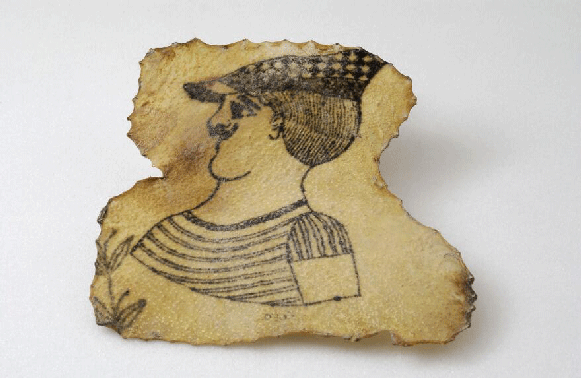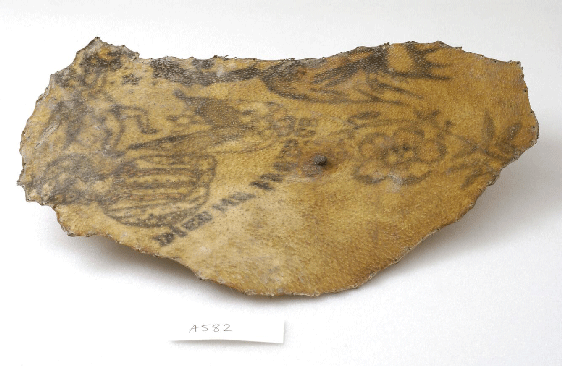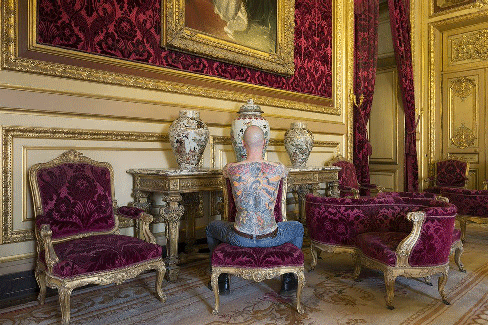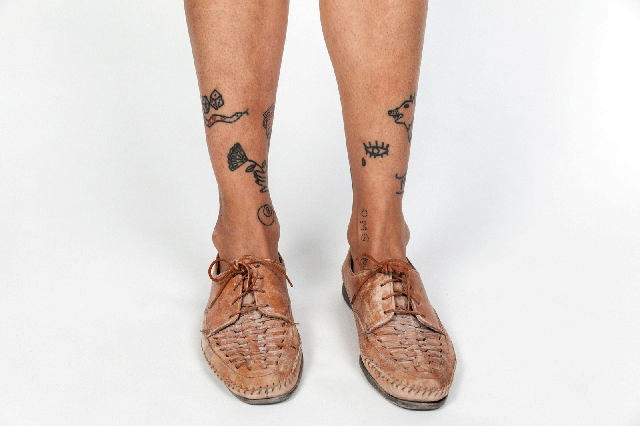Partially derived from the Samoan word ‘tatau,’ tattoos are the embodiment of self-expression and become part of a person’s identity. Much like they do with traditional art, lovers of this art form have long been collecting tattoos on their skin. Tattooing involves introducing pigment into the deeper layers of skin to change its colour permanently. Throughout history, the use of tattoos has ranged from personal decoration to ritualistic practices, also linked to scarification and piercing. Developed as a way to signify accomplishments, tattooing can also identify group or community members. In certain communities, tattoos reveal an individual’s age, marital status, class, and power. While they are now created using ink and specialized electric tools, this was not the case throughout history. Traditional tattoos across the world were created from fish or animal bones, teeth, or oyster shells, with colour introduced through soot, ash, plant extracts, and even gunpowder. Tattoos are omitted from the history of fine art for their negative reputation in using the human body as a canvas and through associations with gang membership and criminal subcultures. Over time, such taboos have become more mainstream, and, with tattooing no longer being seen as such a rebellious act, has become more commonplace in the workplace.
Clay figurines depicting faces with tattoos found in Japanese tombs provide the earliest evidence of tattooing, dating back to 5000 BC. The earliest evidence of tattoos on human skin appears 1700 years later in 3300 BC with Otzi the Iceman. This man from the Bronze Age had a total of 57 tattoos covering his body. The location of these tattoos, which were likely made from soot, coincided with acupuncture points, spots across the body used to treat symptoms of diseases. Through viewing Otzi’s mummified skin, experts know he had arthritis, a discovery furthered through interpretation of tattoos. The Middle Kingdom period, from 2160-1994 BC, also offers evidence of early tattoos in mummies from Ancient Egypt. Tattoos from this period were often found on high-ranking women. In early Greek and Roman times during the 8th – 6th Century BC, tattooing had associations with barbarians. During that period, tattoos would identify criminals and slaves if they tried to escape. However, with the rise and adoption of Christianity under the Roman Empire, tattooing began dying out. It was during the Age of Discovery, through the development of transoceanic trade routes, that taboos began to decline. This, however, was complicated by the practice of enslavement and kidnapping of indigenous peoples that followed for centuries after.
Tattooing is a highly influential visual language. There exists a strong relationship between tattoo designs from cultures and regions that are separate from each other similar to the overlaps in languages and dialects across regions. Today, the increased acceptance of tattooing as an art form comes from tattoo auctions and museum exhibitions, where they are open to the mass market and viewer interpretation. The world of fine art is even openly embracing tattoos with the increasing mainstream respect for artists and because of the exclusivity they generate. Celebrity tattooing has further brought attention to this practice. Tattoo collectors take a unique approach in assembling the work they admire through using their bodies, showing off tattoo artists’ work. Tattoos have amassed a unique collectible value, whether collecting on skin or through other means. Some collectors even collect tattooed human skin. The Wellcome Collection in London, for instance, has more than 300 tattoo fragments. A German art collector of the name, Rik Reinking, however, has taken a different approach. In 2008, the collector bought a tattoo that currently exists on Tim Steiner’s back, a highly controversial issue. Created by Belgian tattoo artist Wim Delvoye, the tattoo covers the Steiner’s entire back and will be removed and preserved following his death and subsequently given to the collector.



This art form is more than just a way to showcase stunning designs. Tattoos provide a medium through which we can tell stories on human skin, capturing a moment of direct contact between artist and subject. Artists create tattoos by inserting ink into the dermis, the second layer of skin. While tattoo artists use up to twenty-five different tipped needles to create tattoos of fine detail with colouring and shading, one can use fewer for outlining purposes. As all art forms involve their own set of vocabulary, so too does tattooing, with words such as “dot work” and “flash.” Tatto work also includes in-depth knowledge of perspective, along with shading and colour theory. The artists creating these works need to be highly aware of body placement to understand how the tattoos will move and stretch along with the wearer in their day-to-day and over time as their living canvas ages and grows. Much like in an art exhibition, the location of a tattoo on an individual’s body and in relation to other tattoos, if they have them, can alter the meaning of the work. They exist as ephemeral yet permanent art as the tattoo and owner share a life span. When the individual wearing the work dies, so too does the art. Until then, however, unlike other art forms, the tattoo can walk around in the world. Many artists believe that only on the skin can their drawings come fully alive, further supporting this concept of tattoos as ephemeral art.

Art exists to move people and evoke emotion in its viewers, something that tattooing is successful doing in addition to providing a sense of connection among wearers. Yet even today, the artistic value of tattoos is in debate. That said, both fine art and tattooing call for technical mastery. Such works challenge our views, make a statement, and have strong cultural relevance. Having gone through movements and trends, we know that tattoos involve consideration of placement, style, and aesthetics and are the direct result of expert handling and application of materials.
